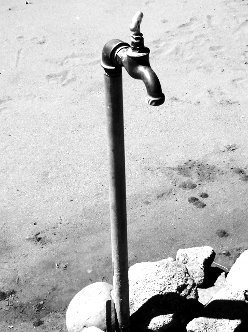SA assessing desal drought relief
 South Australian irrigators could soon see reduced allocations for the first time since 2011, while the State Government looks at increasing Adelaide's desalination operations.
South Australian irrigators could soon see reduced allocations for the first time since 2011, while the State Government looks at increasing Adelaide's desalination operations.
Adelaide’s Lonsdale desalination plant came online in October 2011 after the state’s worst drought in recorded history.
As of last year, it was running at minimum capacity at a cost of $40 million a year.
The Government has now launched an independent cost-benefit study to look at the merits of a proposal from irrigators that the desalination plant could be used to offset cut allocations.
Renmark Irrigation Trust presiding member Peter Duggin says regional communities need water alternatives.
“Common sense tells you if there's the ability to get another 100 gigalitres into the state's economy, then you would be a fool not to at least look at it,” he told reporters this week.
“There's still a great deal of fear in our community and we haven't actually fully recovered from the previous drought.
“[Irrigators] really don't want to be going into the next drought knowing that there's one less tool they have access to, given the positions that most of them are currently in.”
SA Environment Minister Ian Hunter said the plant was great for drought-proofing, but it would come at significant cost.
“Increasing the production of desalinated water beyond the level required to supply drinking water statewide would make more water available for productive use, but would also increase operating costs for SA Water,” he said.
“It's important that any consideration of the increased use of the desalination plant takes into account costs, considers who pays, and aims to maximise overall economic benefit for our state.”
The result of the government’s study will be available in May, which irrigators say cuts a very fine line before decisions are made for the next financial year.








 Print
Print